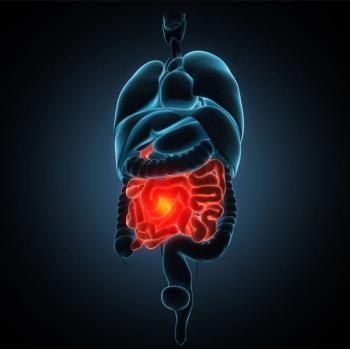
Recurrent Nausea and Vomiting: Gastroparesis Is the Cause
A gastroparesis diagnosis is based on the cardinal symptoms of nausea, vomiting, abdominal pain, and early satiety.
A 21-year-old college student presents with nausea and vomiting. She has had multiple presentations with similar complaints during the past 4 years. She recalls “catching a stomach virus” a few years ago, but is otherwise healthy. Results of a head CT scan are negative. Upper endoscopy shows some residual food in the stomach even though the patient’s last meal was the night before. The most likely diagnosis is which of the following?
A. Recurrent gastroenteritis
B. Cyclical vomiting syndrome
C. Gastroparesis
D. Carcinoid syndrome
Answer: C
This patient’s clinical history and endoscopic findings suggest gastroparesis. This diagnosis is based on the cardinal symptoms of nausea, vomiting, abdominal pain, and early satiety. Documentation of delayed gastric emptying on a scintigraphy study is often recommended before treatment is initiated. However, the presence of residual food in the stomach after an adequate fasting period supports this diagnosis. A subset of patients with gastroparesis reports symptoms after a viral prodrome.
Newsletter
Enhance your clinical practice with the Patient Care newsletter, offering the latest evidence-based guidelines, diagnostic insights, and treatment strategies for primary care physicians.



















































































































































































































































































